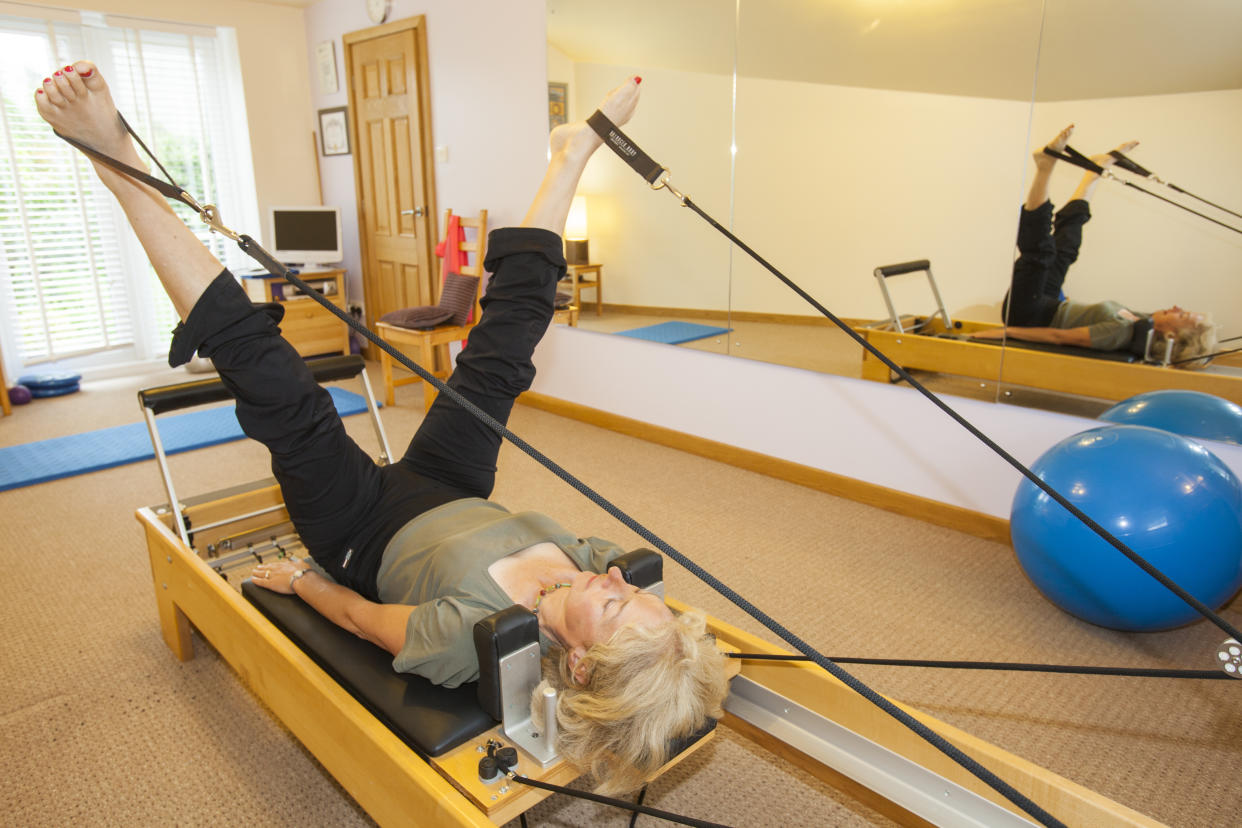Everything you need to know about Pilates

Pilates is a low-impact workout that can help increase mobility and reduce stress.
The founder of the Pilates studio East of Eden, Abby McLachlan, has answered some of the most frequently asked questions about the popular workout.
What are the benefits?
Pilates is a low-intensity and low-impact workout that can be done almost anywhere and requires little to no equipment.
"It's focused on spinal alignment and the tiny muscles that support your musculoskeletal system," Abby explains. "Pilates concentrates on strengthening the deep postural muscles, raising awareness of how one stands and the general alignment of hips, spine and head. This awareness alone can go a long way to improving posture, but the strength built with highly targeted, specific exercises will support the spinal column, in effect future-proofing your body."
Can it help with weight loss?
Pilates isn't an exercise that is known to result in weight loss, however, it can do wonders for your posture and strength.
"Pilates alone won't help with weight loss per se. However, improving posture, mobility and strength will very likely improve your self-esteem so you are more likely to make healthier food choices," the expert states. "Gaining more muscle tone means your metabolism will have to work harder, so you will burn more calories at rest. If weight loss is your goal though, it's a combination of exercise, both strength training and cardiovascular, and diet."
What is the difference between Pilates and reformer Pilates?
Regular Pilates can be done without any equipment, whereas reformer pilates requires the reformer, which is an apparatus.
The fitness expert explains, "Pilates exercises are done on the reformer machine using a mix of springs, ropes and pulleys to support you in the exercises. It's actually better for beginners than the mat, where it's just you vs gravity."
Do you have to have a certain level of fitness to take part in Pilates?
Pilates is accessible to anyone, no matter their fitness or physical ability.
"You can be elderly or recovering from exercise, just choose the right class for you," Abby advises, adding that if you have been experiencing any kind of back pain, it is important to "get signoff from your medical professional" before beginning a class.
How is Pilates different from yoga?
Although both of these workouts are low-intensity and low-impact, they differ in a couple of ways.
"Yoga uses the body to connect with the mind and the inner self," the expert says. "Pilates uses mindful breathing to connect to the inner workings of the body - it's more functional than yoga, which is ultimately very holistic."


